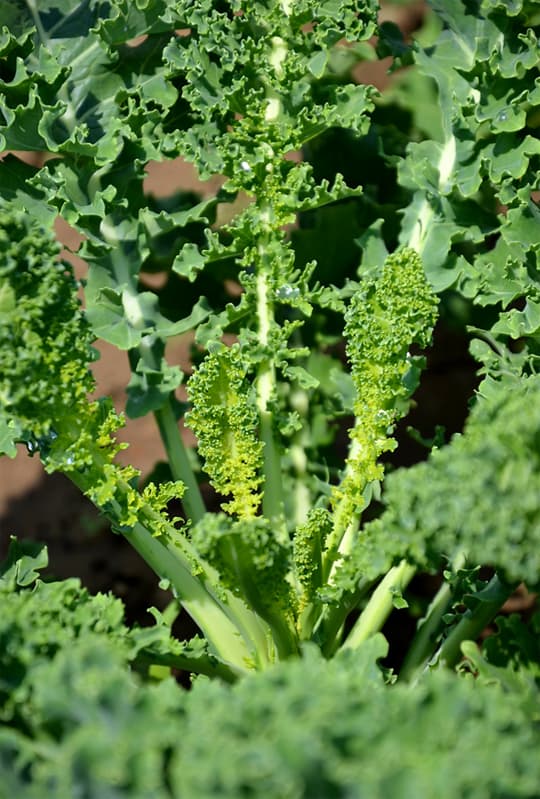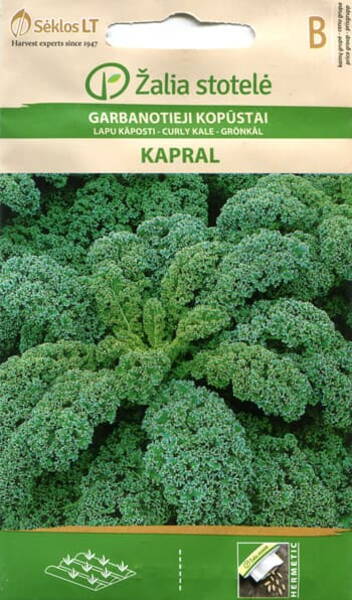Ex Tax: 0.85€
Medium-early variety. Kale, unlike the other cabbages, do not form loafs. Plants grow up to 40-60 cm height. Leaves are bright green, very curly. They are used for soups, salads, food decoration. Plants tolerate up to -10-15°C frost, therefore if you leave them in winter, you will have fresh leaves even in December.
* The special beauty of curly kale in all its glory is revealed during the onset of cold nights, when the first frosts already lead to the death of most ornamental plants on the site... And curly kale among the withering nature decorates the autumn garden with its bright colors!
The leaves of curly kale have a pleasant piquant taste. They can be eaten young as a slightly bitter salad or preserved for the winter. To avoid this piquant bitterness, the leaves are blanched for no more than one minute. With a longer exposure to high temperatures, the leaves lose color and shape and look unappetizing. Finely chopped leaves and young shoots can be stewed with potatoes.
Curly kale is a cold-resistant plant. Its shoots tolerate frosts down to minus three degrees, and adult plants withstand temperatures down to minus eight degrees. It also tolerates high temperatures well in hot summers, but with sufficient soil moisture. It also grows well in rainy and cold summers. It has high requirements for moisture in the soil, since its huge leaf surface consumes a lot of moisture to build tissue and evaporates a lot, especially in hot, windy weather. The plant is undemanding to the soil, but, of course, the yield and decorativeness of the plants are significantly reduced.
The harvesting of curly kale is carried out selectively, starting from the beginning of July. 1-2 lower leaves are plucked from each plant. And at the end of September, some plants together with the roots are transplanted into large pots and grown at home, receiving vitamin greens all winter.

Curly kale. Bot.: Brassica oleracea L. convar. acephala (DC) Alef var. sabellica L.












